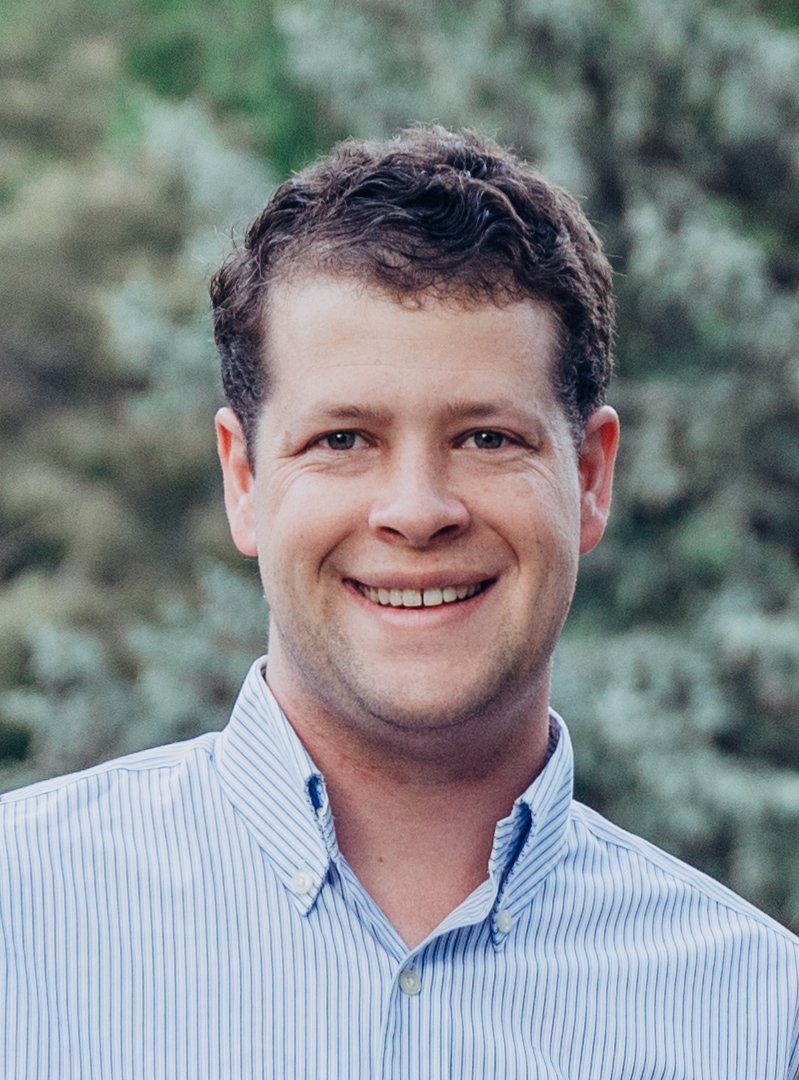Your Mind, Your Rules. OCD Doesn’t Get a Say.
When your mind won’t quiet down and the urge to check, clean, or count takes over, it can feel like your own thoughts have become the enemy. It’s exhausting, isolating, and can make even simple daily tasks feel impossible.
Common intrusive thoughts include:
Anxiety spikes with thoughts like these. And though you might spend hours doing anything to make the discomfort stop, even for a moment, giving in to the compulsions brings only temporary relief.
“Between stimulus and response, there is a space. In that space is our power to choose our response.” — Viktor Frankl
To live freely without controlling compulsions is possible. All it takes for most people is the willingness to live differently.
And in those very rare instances where willingness falls short, other treatment options (including medications) have been proven effective to kickstart OCD recovery.
Exposure and Response Prevention (ERP) is the gold-standard treatment for OCD. But when the obsessions and compulsions are rooted in traumatic experiences, we complement ERP with EMDR Therapy — an adjunctive treatment.
This is how we address both current obsession/compulsion patterns and the deeper wounds (trauma) that may fuel them.
But you can not go through this process on your own. You need a guide.
When we work together, we might start with ERP (exposure and response prevention) therapy — a process you have to commit to to work.
The whole process is much much better when there’s commitment to daily practice. So, come motivated.
OCD experiences can be firmly rooted in the past.
Where your obsessions seem tied to a specific traumatic memory or experience, we can add EMDR therapy to your treatment.
EMDR helps process early adverse experiences (e.g., bullying, medical trauma, religious guilt) that may have shaped obsessive fears.
Many people with OCD carry core beliefs like “I’m dangerous,” “I’m broken,” or “I must be perfect.”
EMDR targets these beliefs and helps replace them with adaptive ones like “I’m safe” or “I’m enough.”
ERP can spike anxiety before it helps. EMDR can build emotional regulation skills and distress tolerance beforehand.
Clients who feel “stuck” in ERP typically adopt EMDR to clear emotional blocks.
OCD often coexists with PTSD, panic disorder, or depression.
EMDR can address these layers, allowing ERP to focus more cleanly on OCD symptoms.
YES. With Therapy and Sometimes Medication.
When you break the OCD cycle, you start to:
No matter how OCD shows up, you’re not alone.
No matter how OCD shows up, you’re not alone.
You already dare to change. That’s why you’re here.
It takes courage to reach out and ask for help. And that courage and asking for help becomes your first step in your path to transformation.
If you choose to walk with me on your therapy path, I would be honored to be your companion and your guide. My aim within the very first session of working together is to get you feeling better and optimistic about what’s to come.
The better you feel, the more action you take, the more confidence you feel in an upwards spiral.
01 – Aetna (VA & UT only)
02 – BCBS/Regence/Anthem (VA & UT only)
03 – DMBA
04 – EMI
05 – United (VA only)

Experience comprehensive OCD treatment. Expert in ERP and EMDR for OCD. This combination has helped many people break free from OCD’s grip. I’m confident it can help you too.
Embrace flexibility. I offer both in-person therapy and online therapy throughout Utah, so you can access treatment in the way that works best for you.
Find accessibility. With the insurances I accept, you can access therapy easier (see below for insurances I accept).
Attend with confidence. Know that your therapy is results-driven and evidence-based, so you can trust you’re on the right track from Day 1.
For people doing cash-pay or bishop/clergy pay, 50-minute sessions are $165. For people using insurance, check your individual plan and see above for the insurance I accept.
Yes, I accept Aetna, Desert Mutual Benefit Administrators, EMI, Aetna, Regence BCBS, and UnitedHealthcare to anyone living in Utah and Virginia.
We’ll explore your symptoms, triggers, and goals. You’ll leave with a clear plan.
For best results with OCD treatment, I recommend weekly sessions. Most people will range between weekly to twice-monthly sessions, depending on their progress and needs.
Most see progress in 9–12 sessions with consistent practice.
Yes! Visit learn more about this option here.
Yes! ERP & EMDR therapy are highly effective through online sessions, and research supports telehealth for OCD treatment. You’ll get the same quality care whether you choose in-person or online therapy.

01 – Get In Touch
Simply click below to schedule a FREE 15 minute consultation call with me.
02 – Free Consultation
I’ll have a call with you to learn more about you and your unique OCD challenges. I’ll ask you some questions to ensure my expertise fits your situation.
03 – Feel Better
We’ll get started with therapy and I’ll guide you through this process so you can find freedom from OCD!
BridgeHope Family Therapy, LLC helps adults in Texas, Utah, and Virginia to improve their lives through treating anxiety, relationship issues, life transitions, trauma and PTSD through in-person (Utah) and online services (Utah, Texas, Virginia).
© 2025 BridgeHope Family Therapy